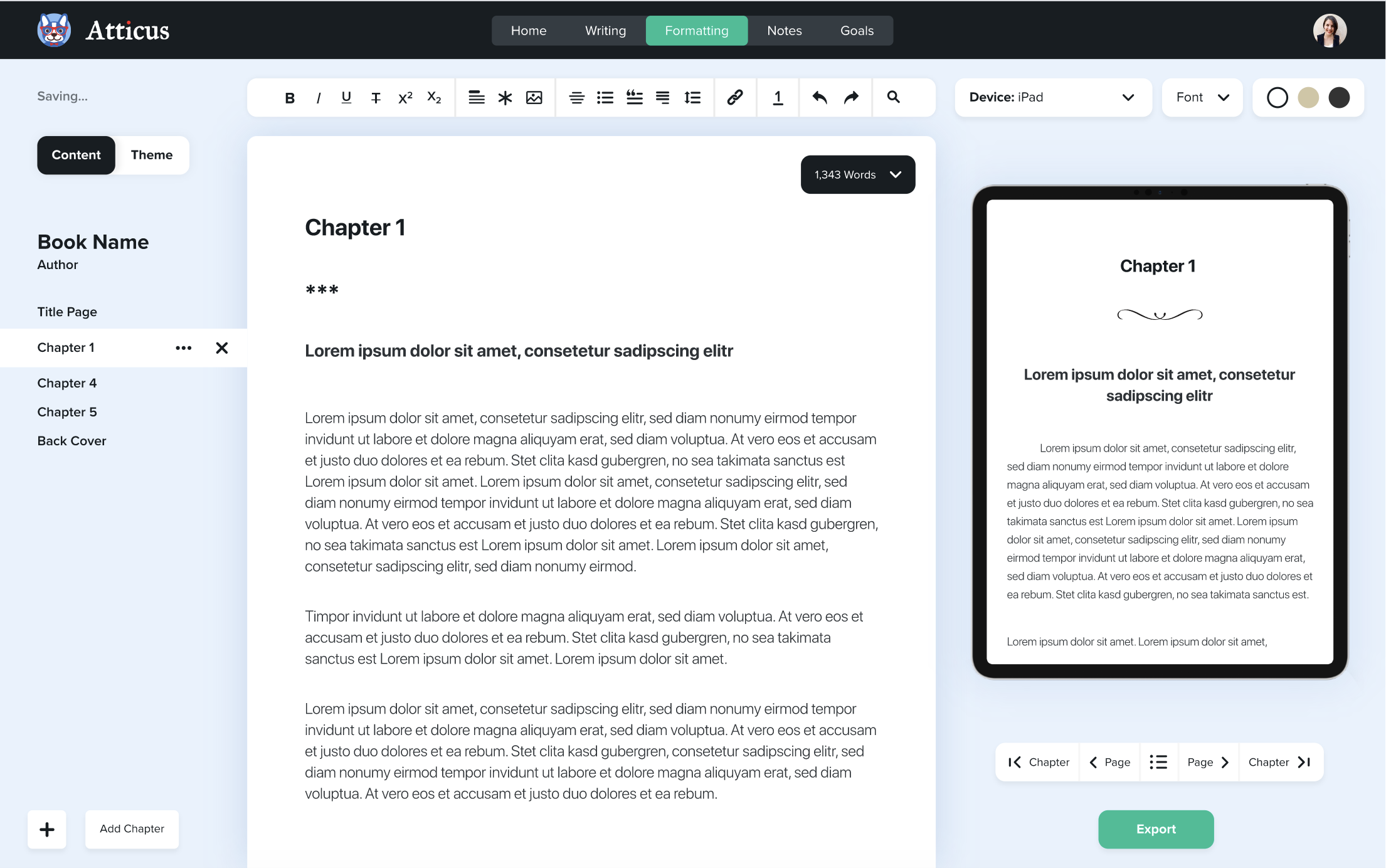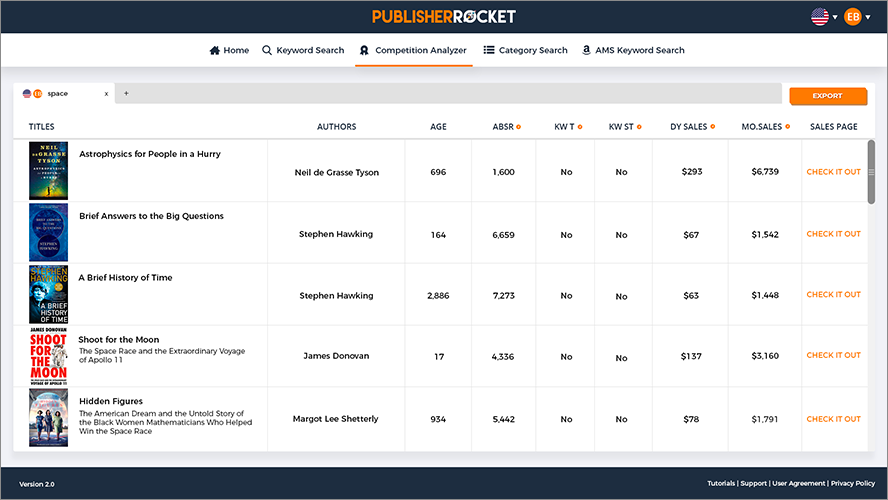You’ve probably opened a book and seen a cluttered mess of front matter: a foreword, a preface, acknowledgments, maybe even an introduction — all before Chapter One even begins.
Somewhere in that mix? The prologue. A literary device many writers use… and just as many misuse. This guide clears up exactly what a prologue is, when to use one, and how to write it well.
Note: This is one of many posts on the subject of book parts, from the prologue to the author's bio.
- What a prologue is and its purpose
- How a prologue is different from a foreword, preface, or introduction
- How to write a prologue
Table of contents
Why Should You Trust Me?
I’ve been writing and formatting books for over a decade — long enough to know what trips up even seasoned authors.
In fact, I built my own book formatting software, Atticus, to fix those very problems. That means I’ve researched every single part of a book, inside and out — including the prologue.
But this isn't meant to be a sales pitch. I just want to make sure it's clear that I know what I'm talking about. The amount of research that went into not only formatting my own books, but also creating a formatting software is huge.
I researched everything, which led me to learn all about every. single. part. of. a. book. And there were a lot more than I realized.
And of course, that includes Prologues.
So if all that makes sense, hopefully you'll come along with me as show you everything I've learned.
What is a Prologue?
A prologue is a short scene or section that comes before Chapter One. It’s part of the story — not a preface, not an intro, not a separate essay. Done right, it delivers key context or foreshadowing before the main narrative begins.
“Prologue” comes from the Greek prologos, meaning, “before word.” In an ancient Greek drama, the prologue was the equivalent of the first act of a play.
What is the Purpose of a Prologue?
Think of a prologue as a sneak peek that sets the stage. It might introduce a major character, foreshadow a conflict, or reveal a piece of backstory that’s crucial later.
If Chapter One is the beginning, the prologue is the flash of lightning that lights up the whole terrain.
The prologue is separate from the bulk of the story but still important. If the reader skips the prologue, they will be missing some key piece of information that will come into play later in the book.
And since the prologue is separate, it allows the author a bit more freedom to get creative. For example, it’s common for a prologue to be written from the point of view of a minor or secondary character. This different perspective may never be used again in the book, but the events of the prologue will most certainly be referenced at some point.
A good prologue should:
- Provide some foreshadowing.
- Introduce a major character, even if only by name or in passing.
- Provide some vital information on a character's backstory.
- Set the tone/feel for the rest of the story.
- Provide information on the world, conflict, time period, or inciting incident.
Some literary critics and editors think that writing a prologue can be a crutch, holding up a story with a weak beginning.
Readers know that a prologue is simultaneously separate and part of the story, and so they’re willing to indulge the author a bit – as long as it pulls them in, serves the main purpose of the story, and everything makes sense by the time the novel is finished.
Video: How to Write a Prologue
For a nice summary of this article, along with a few of my own personal thoughts on the subject, be sure to check out this video on what a prologue is, and how to write one.
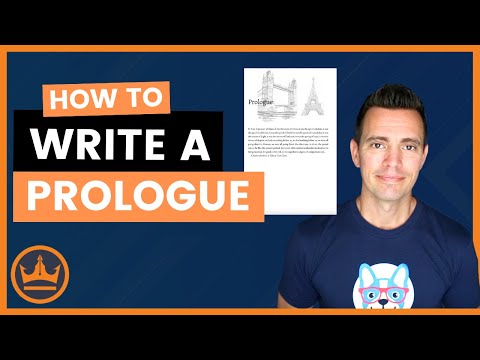
Want more videos like this? Be sure to subscribe to my YouTube channel for weekly videos!
How is a Prologue Different from a Foreword, Preface, or Introduction?
A prologue is part of the story. It’s fictional, just like the chapters that follow.
A foreword is written by someone else about the book or author.
A preface is the author’s own behind-the-scenes note of thanks or background.
An introduction gives readers context — usually in nonfiction — before diving in.
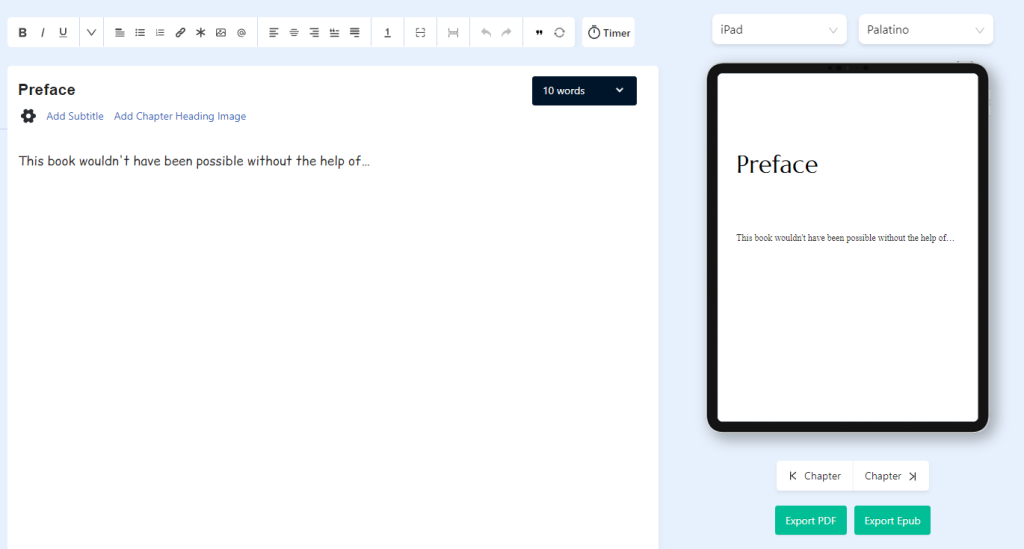
Only the prologue drops you into the world of the novel.
Great Examples of Prologues
Here are some modern and classic examples of great prologues for you to check out!
Leviathan Wakes (The Expanse, Book 1) by James S.A. Corey
The first novel of the superb space opera starts with a prologue from Julie Mao’s point of view. Although we never enter her POV again in the book, this prologue is important to understanding the rest of the story, including the world the author(s) have created and the central conflict.
It's an effective prologue in that it pulls the reader in and sets up questions that are answered later in the novel.

Romeo and Juliet, William Shakespeare
Perhaps the most well-known prologue in any literary work is from Shakespeare’s famous tragedy. In fact, several of Shakespeare’s plays have prologues, which he used to set the scene for the audience.
The prologue in Romeo and Juliet begins:
“Two households, both alike in dignity,
In fair Verona, where we lay our scene,
From ancient grudge break to new mutiny,
Where civil blood makes civil hands unclean. . .”
The sonnet goes on for several more lines, but even those first four lines give the audience vital information about the Capulets and the Montagues without mentioning the two houses by name. It also does some foreshadowing, preparing the audience for the tragedy to come.
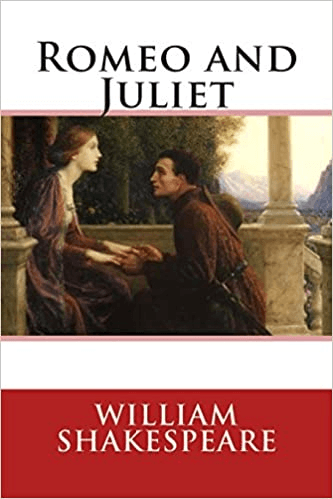
Every Star Wars Movie
Moving away from literature a bit now, you may remember the beginning of every Star Wars movie to date. The text scrolling over the backdrop of space before the opening scene is a great example of a prologue.
The exposition in those prologues sets the stage for the movie to follow, sometimes condensing years of conflict into a couple of sentences. The background is only important because it tells the audience exactly what it needs to know to get right into the meat of the story.
How to Write a Prologue
Before you write a prologue, ask yourself three questions:
- Is there something the reader must know before Chapter One?
- Can I deliver it in a short, engaging way?
- Is this information impossible to include later?
If the answer is yes to all three, a prologue might be worth writing.

Remember that a prologue has one overall job: To keep the reader turning the pages. The other jobs of the prologue, like conveying important information, foreshadowing, introducing a major character, and setting the tone of the novel all come secondary to keeping the reader reading.
Having a hard time coming up with the first line for your prologue (or your first chapter)? Check out this first line generator to get you started.
Tips for Writing a Prologue
If your story truly needs a prologue, keep it lean and purposeful.
- Show, don’t tell.
- Keep it short — think “vivid short story,” not “mini history lecture.”
- Make sure any mysteries it raises are answered later in the novel.
Know you’re going to use a prologue before you ever begin writing? Make sure to put it in the outline of your book! (If you outline, that is.)
Format Beautiful Professional Books
Easy to use, and and full of amazing features, you can quickly turn your book into a professional book.
Check It OutHow Not to Write a Prologue
Now, let’s take a look at some common prologue mistakes to avoid as a writer.
Info-Dumping
Watch out for these common traps:
Prose showboating: Your prologue shouldn’t just be “look how well I write.” It should pull readers in with purpose.
Readers are smart and they’re willing to put the pieces together. If you can find a way to drip-feed them important details through the narrative, then do so. Give the reader some credit and let them uncover the world you’ve built as they read the novel.
Info-dumping: Fantasy and sci-fi writers, take note — you don’t need to cram your whole worldbuilding bible into the prologue.
Crutch for a weak first chapter: If Chapter One is slow, don’t use a flashy prologue to patch it. Fix Chapter One.
First-Chapter Crutch
Another big mistake is to use the prologue as a crutch for a slow first chapter. Remember that both the prologue and the first chapter need to be compelling, enticing the reader to keep turning the pages.
Flexing the Prose Muscles
Since the “rules” for prologues are a little lax, some writers tend to get carried away. Instead of seeing the prologue as a tool to be used only when absolutely necessary, they see it as a place to wow the reader with their skill as a writer, thinking that it will hook the reader into the rest of the novel.
While good prose is a plus when writing any kind of fiction, it shouldn’t be the only focus. Some readers may enjoy the nice prose, but most are looking for a compelling narrative and they’ll move on to the next novel if they think there isn’t one coming.
How to Ensure an eReader Doesn't Skip Your Prologue
You may have noticed that when you open an eBook on a Kindle or other device, that it usually doesn't start at the very beginning (i.e. the cover of your book).
Instead, Amazon and other retailers estimate where the book starts, and in some cases this can lead to a reader starting with chapter 1 and completely missing your prologue!
So, assuming your prologue has vital information you want to convey, you need a way for readers to start there, instead of on chapter 1.
Thankfully, Atticus is the only formatting program that lets you do this.
All you have to do is go to the Book Details and scroll down until you find the section labelled Start Page.

From there, you simply select where you would like readers to start when they open your book for the first time.
This inserts a special code into the eBook file that lets Amazon know exactly where to open the book for new readers. Simple as that!
Atticus is the currently the only formatting software that lets you customize the Start Page of your book, and not only that, but it also works on virtually every platform, and it's over $100 cheaper than the competition (which does not have this Start Page feature).
Do you need a prologue for your book?
Still not sure if your book needs a prologue?
Read a few novels that use one well. Then ask yourself — would those stories still work without it?
If the answer is no, and your own book has that same need, you may be on the right track. But if your prologue only exists because it “sounds cool,” it might be better off cut.
Try to remember how you felt when you realized how the prologue was related to the storyline. That’s the feeling you’re trying to evoke in readers.
Stick with the tips above and avoid the common prologue pitfalls. Chances are you’ve got a good instinct for whether you need a prologue or not. Trust that instinct, and get writing!

